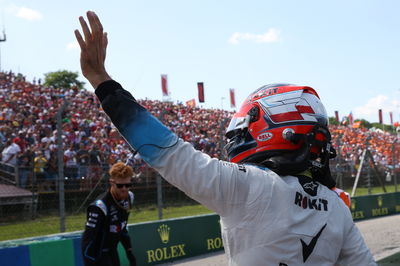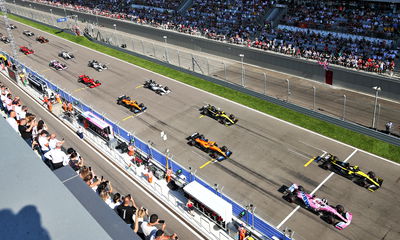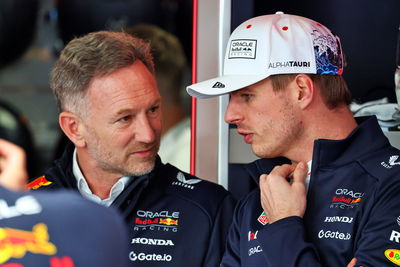Flashback: The day that changed a lost F1 champion’s life forever
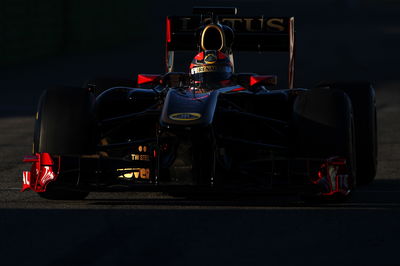
On this day 10 years ago, Robert Kubica was left fighting for his life with injuries that would change the course of his destiny.
Kubica was contesting the Ronde di Andora rally in Italy on the eve of the 2011 F1 season when he had a huge accident on the opening stage of the event.
After losing control of his Skoda Fabia, Kubica hit a wall at high-speed before striking a crash barrier, which penetrated the cockpit of his car, causing severe injuries to the right-hand side of his body.
Kubica was trapped in the car for more than an hour before being extracted and flown to hospital due to the remote location of the crash. He suffered a sub-amputation of his right forearm and lost a significant amount of blood, remaining conscious throughout his battle to survive. In total, Kubica underwent 17 operations on his injuries, including a seven-hour initial surgery.
Three days earlier, Kubica had ended the first pre-season test of 2011 at Valencia quickest for Renault and he was just a matter of weeks away from embarking on his fifth full-season in F1.
Following a series of impressive campaigns at BMW Sauber and some outstanding performances during his first season with Renault in 2010, Kubica had been tipped for a bright future in F1 and earmarked as a potential world champion. Fernando Alonso went as far as to describe Kubica as one of the best drivers of his generation.
Kubica’s obvious talent had convinced Ferrari to table a contract offer for the 2012 season and a deal was subsequently struck for him to become Alonso’s new teammate at the Italian outfit. But on 6 February 2011, everything changed, and Kubica’s F1 career as he knew it, was over.
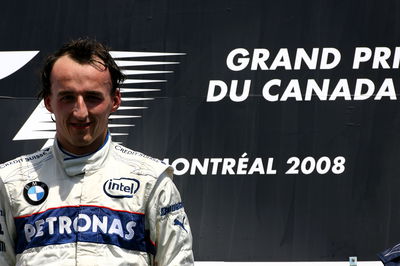
"The reality was the first big moment I was fighting to be alive," Kubica said in an interview with the BBC in 2017.
"People are concentrating only on my arm because it is the biggest limitation. But the reality is I had fractures from my feet up to my shoulders on the right-hand side.
"I had many fractures and that's why it was so complicated and takes so long to recover. But of course my arm was the most damaged.
"The first two months were tough. I was lucky I was a sportsman and driving F1. That's probably why my arm is still there.
"But on the other hand there are moments when you have to forget who you are but you are a human being. This is maybe something where the situation was not easy to cope.”
Extraordinarily, just 18 months after the accident and after carrying out some simulator work for the Mercedes F1 team, Kubica was back behind the wheel of a rally car as he began what would become one of the most remarkable sporting comeback stories.
Despite the obvious limitations the injuries to his right arm had caused, leaving him at that time unable to drive an F1 car, Kubica had lost none of his speed or bravery as he continued to race in rallying for three years, recording wins and suffering some more big crashes along the way.
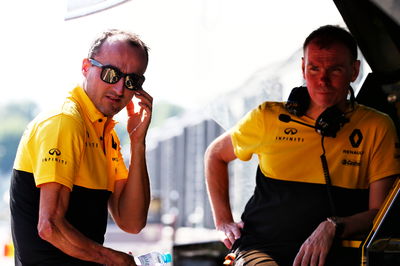
Having explored various machinery from sports cars to Formula E, and after making his return to competitive circuit-racing action in 2016, Kubica’s thoughts became fixed on his ambition of making an F1 comeback, regardless of how unlikely that prospect seemed.
This was, after all, a driver who has highlighted his resilience throughout his career, witnessed none more so than when he bounced back from the scene of his terrifying 2007 Canadian Grand Prix crash to take a redemptive maiden F1 victory in Montreal a year later.
When Kubica completed over 100 laps in one-off test in a 2012 Renault F1 car in Valencia in June 2017 and was quicker than the team’s reserve driver, the dream of returning to the F1 grid was well and truly on.
Further test outings followed for Renault at Paul Ricard, and then during official F1 testing with the French manufacturer in Hungary. At the end of the year, Kubica drove for Williams in the Abu Dhabi post-season test but ultimately missed out on a race seat for 2018 to Sergey Sirotkin, who had proven faster and brought more backing.
Nonetheless, after an eight-year absence from an official grand prix session, Kubica made his return during FP1 at the 2018 Spanish Grand Prix. With the Pole impressing Williams with both his speed and detailed feedback throughout a number of practice outings in the team’s 2018 car, he was offered a drive for 2019, completing his astonishing comeback story.
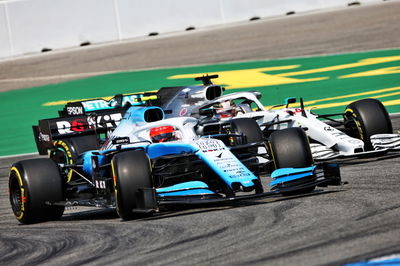
Unfortunately for Kubica, by the time he arrived in the Williams race seat, the team’s competitiveness had suffered a major downturn. The FW42 was regularly anchored to the back row of the grid, though Kubica was able to snatch Williams’ only point of 2019 at a chaotic, rain-hit German Grand Prix.
While things ultimately did not work out as hoped in 2019, Kubica is left with no regrets and is rightly at peace with his courageous efforts.
Lewis Hamilton, who first raced with Kubica in go karts in 1998 and made his F1 debut in 2007 - a year after the Pole, hailed his colleague’s “remarkable strength and determination” after his departure from Williams was confirmed.
"For me, Robert is one of the most talented drivers that I've competed against,” Hamilton said. “From the beginning I already saw the talent that he had.
"I think what's really remarkable is the strength and the determination he's shown to get through the incident he had. Not a lot of people can come from those kinds of circumstances and make it back into the sport and deliver against others who don't have the same situation as him.”
Regarded as one of F1's 'lost champions', Kubica's career will be forever tinged with a sense of ‘what could have been'.
